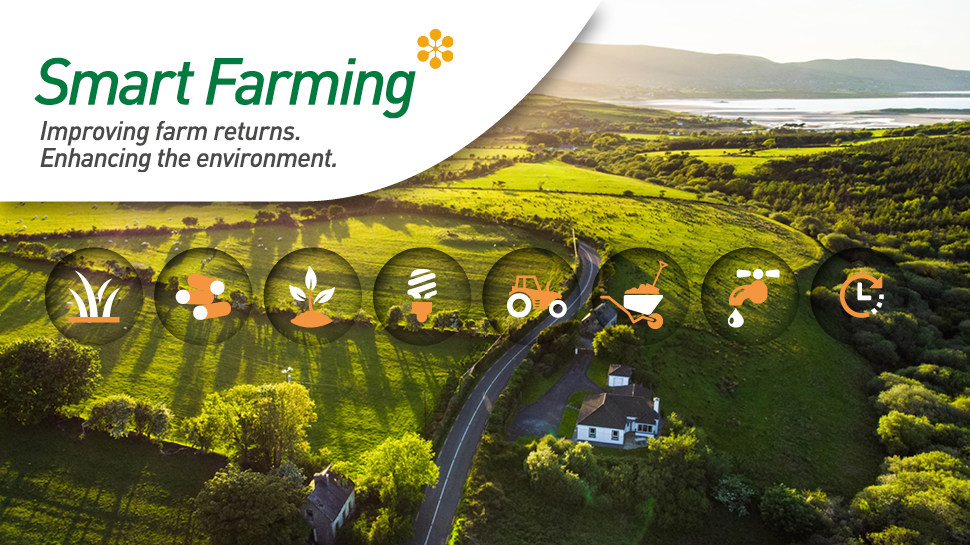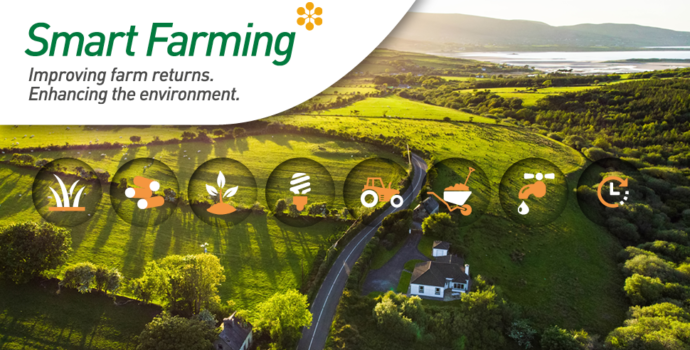
Early spring is when grass is at its most digestible and highest in crude protein. To make the most of good quality grass, livestock should be turned out early to mid-February if ground conditions are suitable.
Benefits of Early Grazing
- Increased farm profitability due to higher daily gain and fewer days to finish/slaughter.
- Lower costs associated with labour, feed and machinery.
- Reduced workload.
- Grazing stimulates grass growth and improves quality of the grass sward.
Environmental Benefits
- According to Teagasc, for every 10 days increase in the grazing season there is a 1.7% reduction to greenhouse gas emissions.
Tips for Turning Out
- Aim for 30% of farm to be grazed by 1st March.
- Aim for 60% of farm to be grazed by 17th March.
- 100% of farm should be grazed by the first week in April.
- Graze to 3.5cm during the first rotation to promote high sward quality.
How to Prevent Poaching
- Use on/off grazing to prevent damage by allowing cows to graze for a short period before removing them . Farmers can also allow them to graze by day and return to housing at night.
- Turn out animals in smaller groups to prevent poaching.
Grass Measurement
- Walking the farm and measuring grass is important to manage grass and plan for grazing.
- When measuring grass (either using a plate meter, quadrant and shears or other methods) it is important to get a good representation of the paddock’s grass cover and measure at least once per week during the growing season.
For more information on grassland management download the Smart Farming Grassland Guidance note at www.smartfarming.ie/grassland/.
Smart Farming is a voluntary resource efficiency programme, run by the Irish Farmers’ Association in partnership with the Environmental Protection Agency. For more information on the Smart Farming programme visit www.smartfarming.ie.

